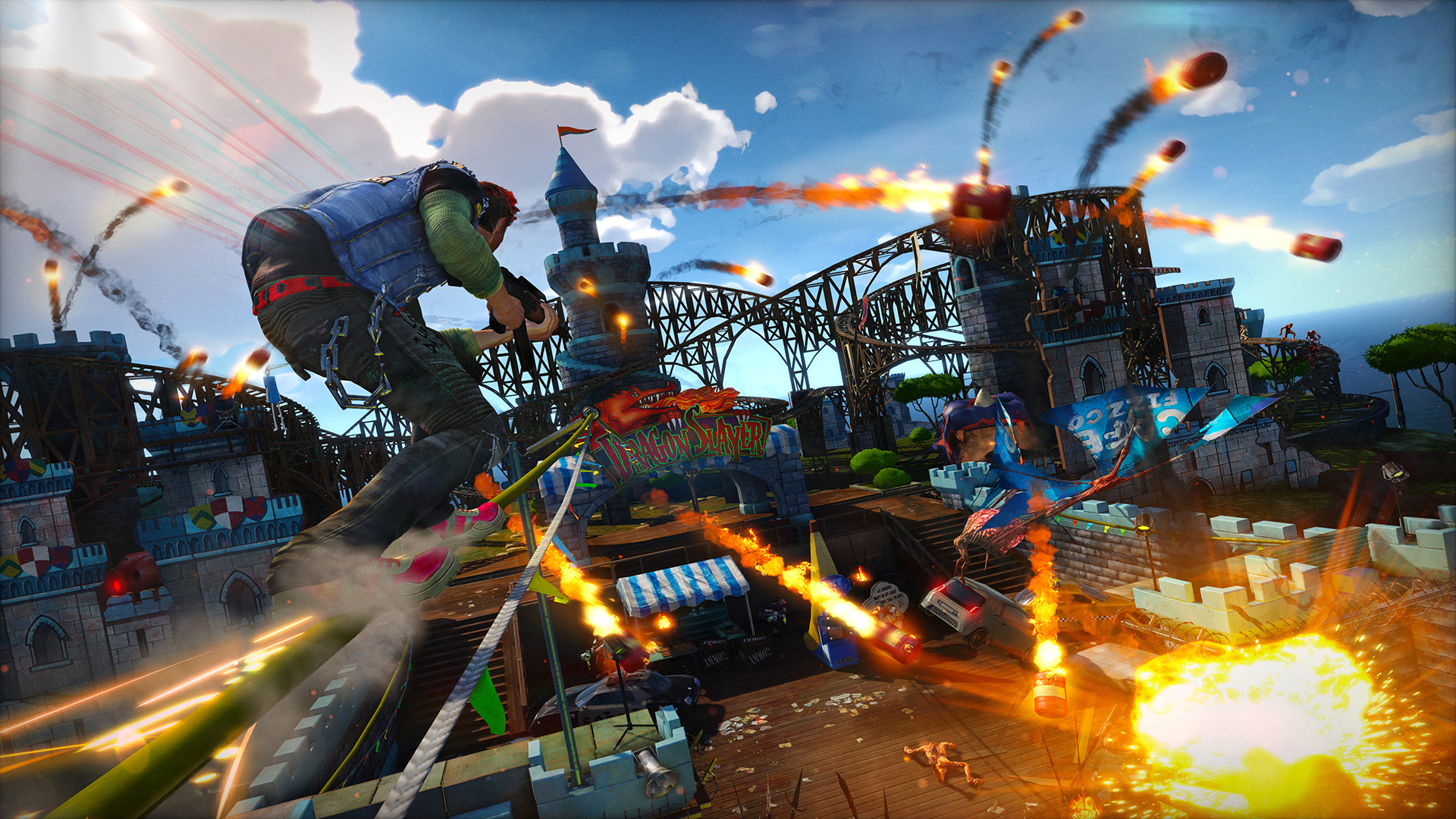Marvel Cinematic Universe Phase 1-3: Deep Dive
As a prominent entertainment website, we are well-versed in the world of cinema and pop culture. One of the biggest blockbuster film franchises of recent years is the Marvel Cinematic Universe (MCU). The MCU is a series of interconnected superhero films that have taken the world by storm. In this article, we will explore the history and impact of the MCU, specifically delving into Phases 1-3. The MCU began in 2008 with the release of Iron Man and has since exploded into an all-encompassing universe featuring a vast array of famous superheroes. The franchise has become a cultural phenomenon, with numerous box office hits and a vast following. In this article, we will discuss the importance of the MCU in pop culture, providing a brief overview of the franchise’s history and exploring the different phases of the MCU. Join us as we journey into the fascinating and thrilling world of the Marvel Cinematic Universe. Origins of the MCU The Marvel Cinematic Universe (MCU) has become a household name and has taken the world by storm over the past decade. The roots of the MCU, however, can be traced back much further. Marvel Comics originally created iconic characters like Iron Man, Thor, and Captain America in the 1960s, revolutionizing the comic book industry. As a result, these characters became a part of popular culture, inspiring millions of fans throughout the world. Before the MCU, Marvel released many films, both in and out of the superhero genre, including the original Spider-Man trilogy and X-Men series. However, these movies were not part of a larger, interconnected universe like the MCU. The idea of creating an interconnected universe came in 2008, with the release of the first Iron Man movie directed by Jon Favreau. This film helped to establish the character of Tony Stark as a centerpiece for the MCU, as well as introducing fans to post-credit scenes and the ever-growing list of MCU Easter eggs. From there, Marvel Studios created a well-oiled machine with interconnected storylines, introducing characters like Thor, the Hulk and Captain America with their own movies. This allowed audiences to become invested in these characters before being thrown together in epic team-up films like The Avengers. The expansion of the MCU continued with the introduction of new heroes and franchises, such as Ant-Man, Black Panther, and Guardians of the Galaxy. It became notable for its ability to balance comedy, drama, and action all while telling more significant overarching stories. The MCU is a perfect example of how a studio can deliver not only quality but also fan engagement and investing the public in its stories while changing the industry as a whole. The next section of this article will dive into Phase 1 of the MCU, exploring how it all began. Phase 1 of the Marvel Cinematic Universe (2008-2012) The beginning of the Marvel Cinematic Universe saw the introduction of Iron Man, which launched a franchise that has expanded over several phases. This phase was a crucial time for Marvel as it laid the groundwork for the interconnected universe that would continue to develop in future years. Along with the introduction of Iron Man, The Avengers came together to assemble for the first time under the direction of Nick Fury and S.H.I.E.L.D. This was a moment that changed the course of superhero cinema, setting in motion a series of interconnected films that spanned over a decade. This phase also provided a chance for the development of key characters such as Thor, Hulk, and Captain America, all of whom played essential roles in the larger narrative of the MCU. Moreover, the phase introduced us to Black Widow and Hawkeye, who would go on to become fan favorites within the franchise. The first phase of the MCU had a significant impact on the superhero genre, and this can be attributed to the success of films such as Iron Man, The Avengers, Thor, and Captain America: The First Avenger. Since then, these properties have been iconic in the superhero landscape, and they have earned their place in fan’s hearts. Phase 2 of the MCU (2013-2015) The Marvel Cinematic Universe (MCU) took a step forward with Phase 2, showcasing darker and more mature themes, compared to the first phase. Phase 2 marked the beginning of complex storylines and the invasion of outer space, along with the introduction of new characters such as Ant-Man and the Guardians of the Galaxy. The decision to introduce the Guardians of the Galaxy was initially met with skepticism. But in hindsight, it was a testament to Marvel’s bold creativity even in its most challenging days. Phase 2 was critical in setting up the path that eventually led to the end of the Infinity War and the subsequent Endgame. The increasingly complex storylines and the introduction of new characters and plot arcs marked a turning point in the MCU’s strategy. The phase brought a new level of seriousness to the table without losing its sense of humor. The Marvel Cinematic Universe Phase 3 Phase 3 of the Marvel Cinematic Universe brought about the most significant events in the entire franchise, leading up to the ultimate climax in Avengers: Endgame. This phase introduced new heroes such as Spider-Man and Black Panther, who quickly became fan favorites. One of the most significant dramatic events that occurred during Phase 3 was the arrival of Thanos. The galaxy’s biggest villain threatened the lives of all the Avengers and the entire universe with his plan to gather the Infinity Stones. The Avengers’ repeated attempts to stop Thanos through movies like Avengers: Infinity War made for an unforgettable viewing experience. Spider-Man’s introduction to the MCU in Phase 3 brought an injection of youthful energy to the franchise. Portrayed by Tom Holland, Spider-Man quickly became a fan favorite due to his ability to mix heroics with humor. Meanwhile, Black Panther, portrayed by the late Chadwick Boseman, became a cultural icon for his representation of a powerful African superhero. Phase 3 was also significant for its impact



